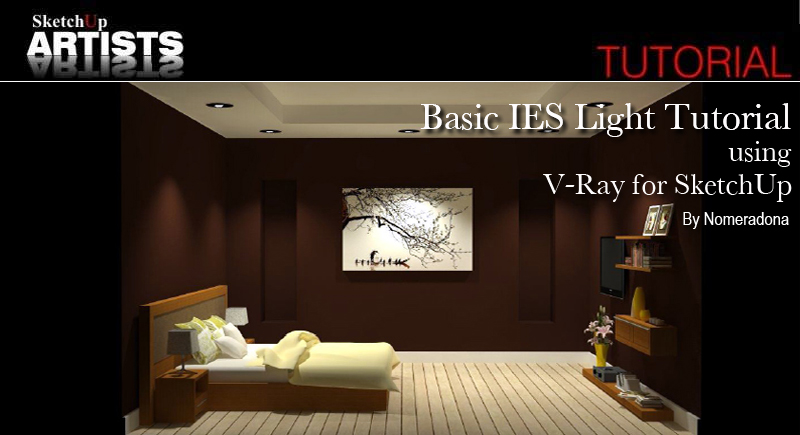
Lower values will result in lower quality but quicker render times. Quality: the samples per pixels used to render the animation.The smaller the resolution the less time it will take to render the animation End Scene: the scene (point of view) where the animation ends.
 Start Scene: the scene (point of view) where the animation starts. Camera: the camera to be used for the animation. The following options are available in the Render Animation dialog: To access the render animation dialog, press the “Reel” button on the main toolbar or go to the menu Tools -> Render Animation: We can now ready to render our animation. Transition: how long, in seconds, the camera takes to go from a point of view to the next. Duration: how long, in seconds, the camera stays fixed in the same point of view. Two parameters are important for animation – Transition and Duration: You can also rename the scenes by clicking on the corresponding name or by clicking on the “Rename” button: Keep adding points of views to cover all the walkthrough. After you have added a few scenes with different point of views, FluidRay will automatically create an animation by transitioning between them.Ĭlick on the “+” button to add a new scene, then move the camera to another point of view:
Start Scene: the scene (point of view) where the animation starts. Camera: the camera to be used for the animation. The following options are available in the Render Animation dialog: To access the render animation dialog, press the “Reel” button on the main toolbar or go to the menu Tools -> Render Animation: We can now ready to render our animation. Transition: how long, in seconds, the camera takes to go from a point of view to the next. Duration: how long, in seconds, the camera stays fixed in the same point of view. Two parameters are important for animation – Transition and Duration: You can also rename the scenes by clicking on the corresponding name or by clicking on the “Rename” button: Keep adding points of views to cover all the walkthrough. After you have added a few scenes with different point of views, FluidRay will automatically create an animation by transitioning between them.Ĭlick on the “+” button to add a new scene, then move the camera to another point of view: 
There are a few buttons on the bottom right of the panel that allow you to manipulate the different “Scenes”:Ī “Scene” is a point of view that your camera will go through. Start by loading your project, then navigate to the Camera tab on the Editor window that is located on the right.






 0 kommentar(er)
0 kommentar(er)
